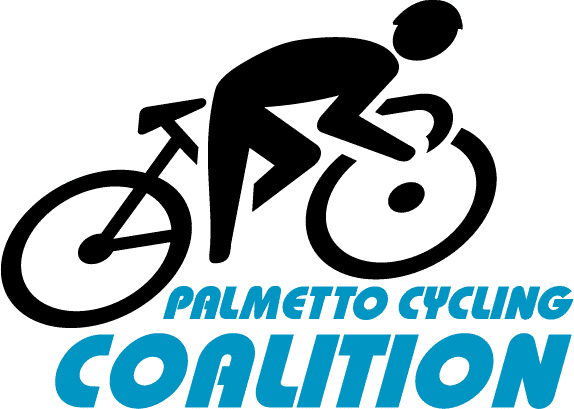Why is state bike advocacy important?
 A Complete Streets policy within SCDOT. That’s the only point here. Our state deserves this.
A Complete Streets policy within SCDOT. That’s the only point here. Our state deserves this.
As the Executive Director of the PCC, I hear a lot of stories from around our state. Staff and volunteers from local bike advocacy organizations tell me wonderful stories of success with local planners or a SCDOT District Office, and the next day I hear a horror story from a local planner who got the cold shoulder from the state when all they wanted to do is make a street safer. That’s never too much to ask.
Our SCDOT has some good intentions, and PCC talks with these guys every week. Good folks work there. But you should know the gravity of what needs to improve. Currently, if your city adopts a Bike Master Plan, SCDOT may not recognize it. This is occurring throughout South Carolina. Even if a top, international consultant created your Bike Master Plan, SCDOT can say “no” to a recommended street redesign. Even if elected officials serving on regional planning bodies said “yes” and formally adopted plans for a network of future bike/ped improvements, SCDOT can say “no” to accommodating one bridge or state road segment and effectively nix local planning bodies and local priorities. Even though an entire region of elected officials voted “yes”. Even if you are Charleston. Or Greenville. Or Columbia, where SCDOT resides.
Even though the regional planning body in Charleston said “yes” to multi-use paths crisscrossing Berkeley and Charleston counties, and across the Wando Bridge, SCDOT said “no” to putting the multi-use path in the bridge design. We can do better. But we need to work together. It shouldn’t take a last minute, high powered event with state legislators, an intervention from the Governor, and then a letter from the top to make our state safer to bike and walk.
This is a grave situation. Local planning departments and locally elected officials are pro-actively creating future design plans to improve safety for biking and walking. And SCDOT isn’t working well with them. It’s time for a change. Georgia’s DOT adopted a real Complete Streets policy like the one we’d like, but back in 2012. It was the real thing, not just a fuzzy resolution. It had teeth, and they follow it now like a cookbook, daily. We are next. Here’s our draft version. We’re working hard on this within SCDOT and with strong partners.

Complete streets also need to include locations for safe, accessible public transit stops which include a location to safely lock up bicycles.
William: Thanks for your input! This is also important. We’ll look into incorporating transit, since so many trips also include that mode too.